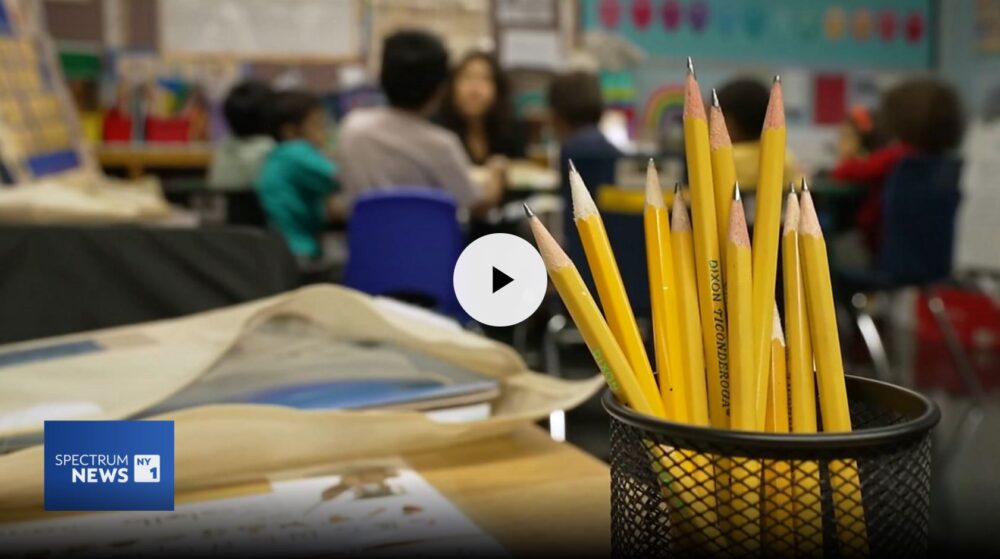
NY1 | More than 146,000 New York City students were homeless at some point during the last school year — an increase of 23% from the year before. That amounts to one in eight children attending city schools, according to new data released by Advocates for Children.
Of those 146,000 children: 60,395 lived in shelters; another 79,000 were doubled-up, meaning they were temporarily sharing someone else’s housing; and 6,900 students were in hotels or motels or even living on the street.
“To put that into context, that is enough students to have filled both Yankee Stadium and Citi Field. I mean, it’s just an unconscionably high number of students experiencing homelessness,” Jennifer Pringle, a program director at Advocates for Children, told NY1.
The sharp increase — particularly among students in shelters — was driven by the migrant crisis. But Pringle notes the issue long pre-dates the newly arrived families: this is the ninth year in a row when the number has topped 100,000.
“This is not a new problem. The number of students in temporary housing has remained stubbornly high,” she said.
Homeless children — especially those living in shelters — have less success in school when compared to their peers in permanent housing. In the prior year, 67% of children living in shelters were chronically absent, missing at least one out of every ten days of school. Students living in shelters also drop out of high school at triple the rate of their peers.
“Students who don’t get a high school diploma are four-and-a-half times more likely to experience homelessness as an adult. So if we want to break the cycle of homelessness, we have to make sure that our young people who are in shelter today are getting connected to the needed supports and services so that they can thrive in school,” Pringle said.
Pringle says the city can do more, including placing students in shelters closer to their home communities. Forty percent of families are placed in a borough different from their child’s school, requiring them to either transfer or make long commutes. She says improving transportation, especially school bus routes, would also help.